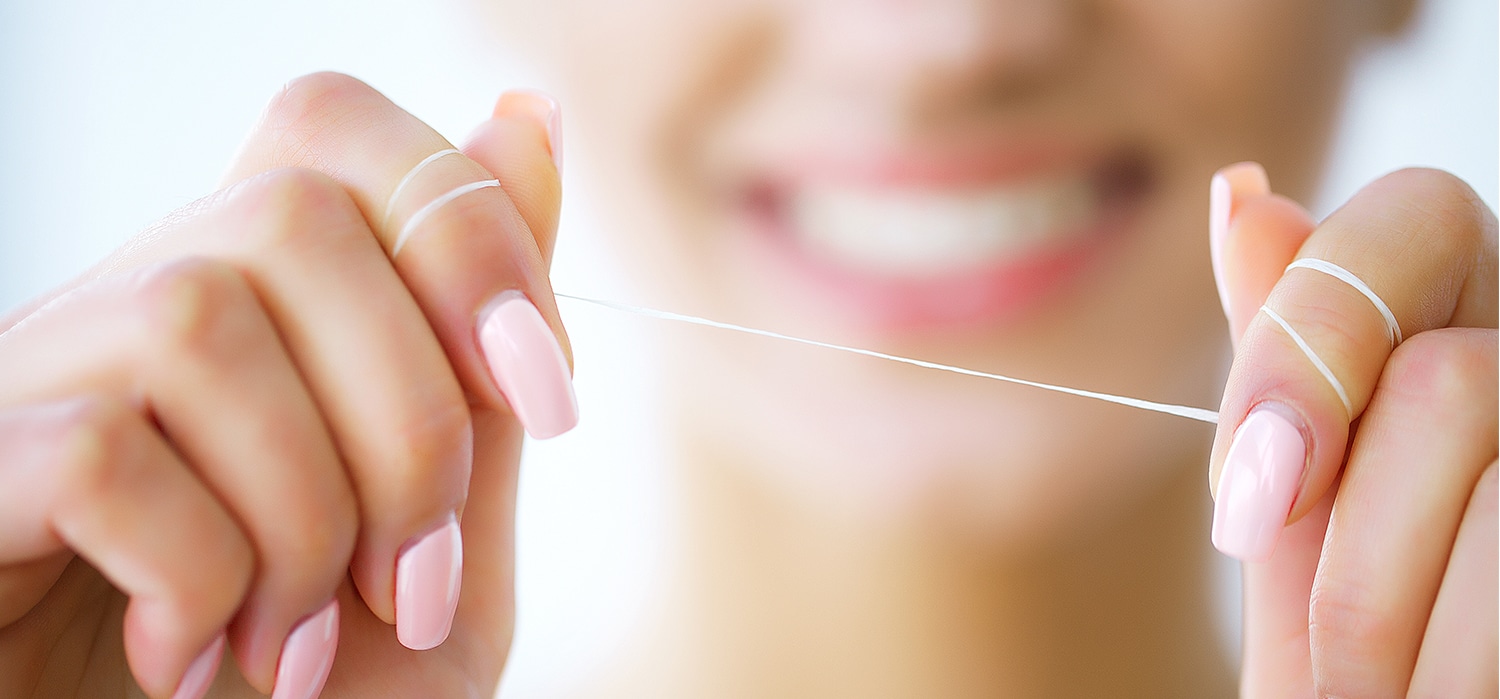Gingivitis is the earliest stage of gum disease; left untreated, gingivitis can develop into a more serious form of gum disease, known as periodontal disease. Nearly half of everyone in the United States has some form of gum disease. While gingivitis is common, with gingivitis treatment it is also very preventable.
Gingivitis starts when a film of bacteria, known as plaque, accumulates on your teeth. Left there, the bacteria in plaque irritate and inflame the gums. Symptoms of gingivitis include red, inflamed gums that might bleed when you brush or floss your teeth. Detecting gingivitis and its symptoms is the first step towards preventing the gum disease – it can even help you avoid tooth loss and other oral health problems associated with advanced gum disease.
Seeing your dentist at least once every six months can also help prevent the onset of gingivitis. Your dentist can spot hidden signs of gingivitis in places you may not be able to see. Your dentist can also help you improve your dental hygiene habits to help you prevent gingivitis.
Gingivitis Treatment at Home
You can also take steps at home to prevent gingivitis. These steps can help reduce the development of plaque and stop gum disease before it begins.
Floss daily
Flossing removes food particles and plaque from the nooks and crannies between your teeth. Flossing before you brush your teeth is better than flossing after you brush, as flossing pulls food debris, saliva and bacteria from your gum line and from in between your teeth, which makes it easier to brush away with your toothbrush. Flossing after you brush your teeth allows the food particles and bacteria to remain on your teeth until the next time you brush.
Use antibacterial toothpaste
Antibacterial toothpastes contain triclosan and other ingredients that prevent bacteria from growing.
Brush your teeth
Brush your teeth for two minutes, twice each day. Hold the toothbrush at a 45-degree angle to your teeth, so that the bristles point inwards towards your gum line. Move the brush up and down, using a back and forth motion. Use short strokes to clean both the inner and outer surfaces of your teeth.
Use an antibacterial mouthwash
Swishing mouthwash around your mouth helps flush harmful bacteria and plaque away from your gums. Using an antibacterial mouthwash helps kill the bacteria that causes gingivitis.
Change your toothbrush every 3 months
The American Dental Association suggests you change your toothbrush every 3 to 4 months, or sooner if the toothbrush bristles look frayed or matted. Bacteria can build up on old brushes, so the longer you use a toothbrush, the more bacteria the bristles likely have.
Know When to See a Dentist for Gingivitis Treatment
A dentist can provide gingivitis treatment, and help you stop it from developing in the first place. Signs that you should see your dentists for gingivitis include severe tooth pain, very bad breath, gums that bleed when you brush or floss, and extremely inflamed or swollen gums. Do not wait too long or you will run the risk of developing periodontal disease, which could cause you to lose one or more teeth
For more information about preventing gingivitis, schedule an appointment with your dentist at Triangle Dentistry. We can help you treat and prevent this early form of gum disease before it turns into a big problem.
